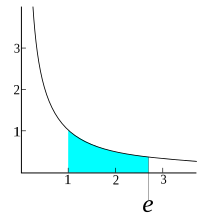
Photo from wikipedia
Persisting and excessive endoplasmic reticulum stress (ERS) can evoke rapid cell apoptosis. Therapeutic interference of ERS signaling holds enormous potential for cancer nanotherapy. Herein, a hepatocellular carcinoma (HCC) cell-derived ER… Click to show full abstract
Persisting and excessive endoplasmic reticulum stress (ERS) can evoke rapid cell apoptosis. Therapeutic interference of ERS signaling holds enormous potential for cancer nanotherapy. Herein, a hepatocellular carcinoma (HCC) cell-derived ER vesicle (ERV) encapsulating siGRP94, denoted as ER-horse, has been developed for precise HCC nanotherapy. Briefly, ER-horse, like the Trojan horse, was recognized via homotypic camouflage, imitated the physiological function of ER, and exogenously opened the Ca2+ channel. Consequently, the mandatory pouring-in of extracellular Ca2+ triggered the aggravated stress cascade (ERS and oxidative stress) and apoptosis pathway with the inhibition of unfolded protein response by siGRP94. Collectively, our findings provide a paradigm for potent HCC nanotherapy via ERS signaling interference and exploring therapeutic interference of physiological signal transduction pathways for precision cancer therapy.
Journal Title: ACS nano
Year Published: 2023
Link to full text (if available)
Share on Social Media: Sign Up to like & get
recommendations!